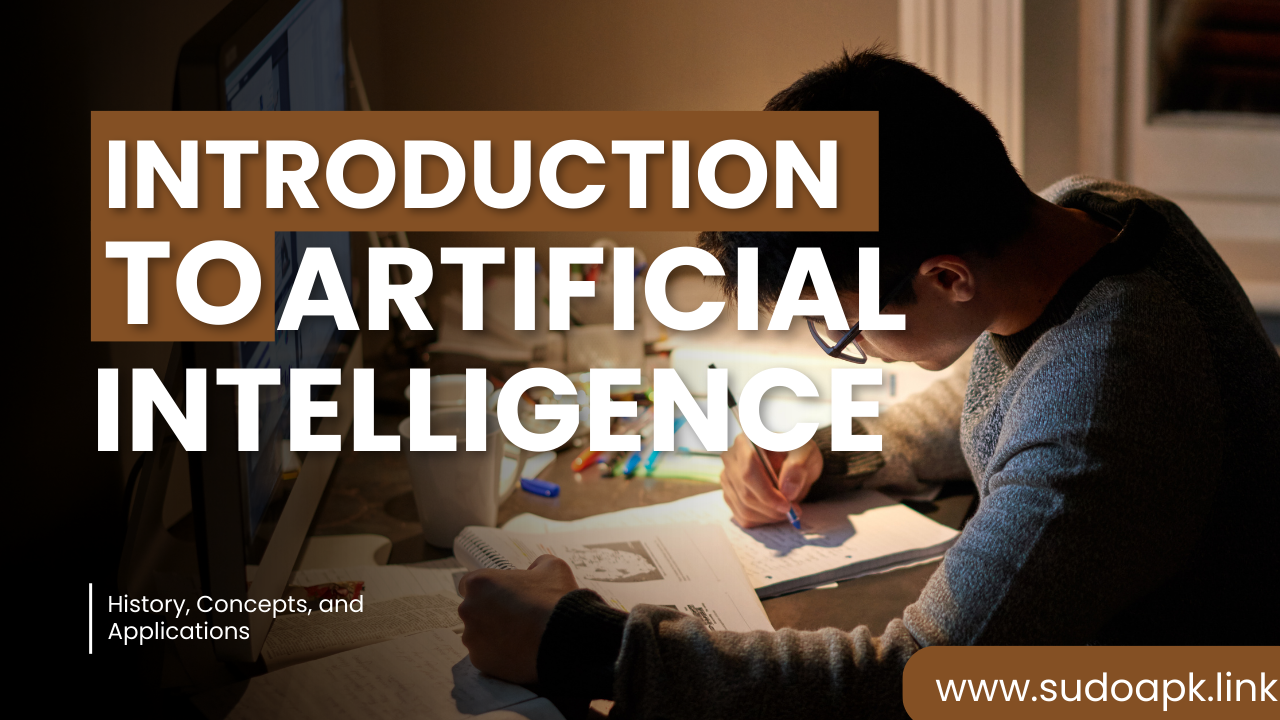

Introduction to Artificial Intelligence: History, Concepts, and Applications
Artificial Intelligence (AI) refers to the simulation of human intelligence processes by machines, especially computer systems. These processes include learning, reasoning, self-correction, perception, and problem-solving. The ultimate goal of AI is to create intelligent machines that can function and react like humans.
AI is an interdisciplinary science leveraging fields like computer science, mathematics, psychology, linguistics, philosophy, and neuroscience. While AI concepts have been around since the early 1900s, major advances in the last decade have brought it to the forefront of technology innovation.
A Brief History of Artificial Intelligence
The history of AI can be traced back to Greek mythology with stories of mechanical men and human replicas. But the journey towards modern AI began in the 20th century.
Early Days of AI Concepts
In 1943, Warren McCulloch and Walter Pits created the first computational model of neural networks. This paved the way for AI and machine learning development.
In 1950, Alan Turing published a paper on "Computing Machinery and Intelligence" which introduced the famous "Turing Test." This test determines if a machine can exhibit human-like intelligence in conversations.
In 1956, the term "Artificial Intelligence" was first coined by John McCarthy during the Dartmouth Conference. He proposed that machines can be made to simulate every aspect of human intelligence using symbolic logic.
In 1957, Noam Chomsky wrote about machine learning and languages. His work on computational models and syntactic structures laid foundational concepts for natural language processing in AI.
Rise of AI Research
In the 1960s and 1970s, expert systems were developed at Stanford, MIT, and Carnegie Mellon University. These systems demonstrated the capability of machines to solve problems logically using a knowledge base of facts, rules, and heuristics.
Funding for AI research was increased in the 1960s but later cut down due to unrealistic hype and promises. This time period is referred to as the "AI Winter."
In 1997, IBM's Deep Blue defeated world chess champion Garry Kasparov, demonstrating the rapid progress in AI. From 2000 onwards, practical applications of AI started gaining traction.
AI Goes Mainstream
The 2000s saw AI transform from academic research to mass-market products and services as computing power and data storage improved dramatically. Some developments during this era:
- Applications of machine learning algorithms to spam filtering, product recommendations, logistics, and more.
- The rise of robotics and automated assistants like Siri.
- Self-driving technology research expands dramatically with support from major companies like Google.
- AI demonstrates human-like language understanding and generation capabilities.
- Image recognition, computer vision, and predictive analytics models achieve near human-level performance.
The 2010s cemented AI's ubiquitous presence in society with machines capable of beating humans at complex games like Jeopardy! and Go and the launch of dozens of AI products/services.
Core Concepts and Techniques in AI
There are several leading approaches, concepts, and techniques powering different capabilities of AI systems today:
Machine Learning
Machine Learning (ML) involves the statistical analysis of data to create predictive models without explicit programming. ML algorithms progressively improve their performance at tasks by "learning" patterns from data. Common ML approaches include:
- Supervised learning - Models are trained on fully-labeled datasets mapping inputs to desired outputs. Classification and regression tasks apply supervised learning.
- Unsupervised learning – Finding patterns in data without any labels. Clustering datasets into groups with similar traits is an example.
- Reinforcement learning – Software agents determine ideal behaviors to maximize a reward within a specific environment. Used in gaming bots.
- Deep learning – Multi-layer neural networks learn hierarchical feature representations in data. Excels at computer vision, voice recognition, etc.
Computer Vision
Computer vision enables machines to identify, process, and analyze digital images and videos to extract relevant data. It focuses on automating tasks generally requiring human visual perception. Real-world computer vision apps include:
- Image classification - Labeling scenes and objects
- Object detection - Identifying instances with bounding boxes
- Image segmentation - Differentiating image regions
- Image generation - Creating realistic images
Computer vision relies on deep neural networks trained on vast datasets. Data augmentation techniques like cropping and horizontal flipping help prevent overfitting.
Natural Language Processing
Natural Language Processing (NLP) focuses on training computer systems to analyze, process, and generate human languages. NLP powers conversational AI like Alexa and many other applications such as:
- Text analysis – Extracting structured info from unstructured documents via named entity recognition, topic modeling, sentiment analysis etc.
- Machine translation – Automating translation between two languages
- Speech recognition and generation - Converting speech to text and vice versa
- Chatbots - Providing text/voice customer service through dialogue
Core NLP concepts include tokenization, stop word removal, TF-IDF vectors, multilayer perceptrons, long short-term memory networks, CBOW/skip-gram models, beam search decoding etc.
Robotics
Robotics research aims to engineer intelligent machines that can physically assist humans. It combines automatic control, machine learning, computer vision, speech recognition, natural language processing, motion planning, and sensor integration. Robots are built for:
- Industrial automation - Streamlining manufacturing
- Healthcare assistance - Helping care for patients
- Military support - Carrying out specialized ops
- Domestic help - Household cleaning
- Space exploration – Surveying terrain
Breakthroughs in sensory capabilities, dexterous manipulation, and cognitive intelligence drive innovations in robotics.
Expert Systems
Expert systems emulate the decision-making process of human specialists using a knowledge base of empirical rules and a machine learning engine. Unlike people, expert systems can decisively diagnose issues and recommend treatments 24/7 without tiring. Expert systems power applications like:
- Medical diagnosis based on symptoms
- Computer system repair with problem-solving processes
- Financial services powered by analytics models
- Education and training for complex equipment
Core components of expert systems include the knowledge base, inference engine, and user interface. Engineers refine the decision logic to enhance reliability over time.
Current AI Applications
Artificial intelligence promises tremendous benefits for society as machines augment and enhance nearly every human capability. Leading categories adopting AI solutions include:
Healthcare
AI is revolutionizing healthcare to improve patient outcomes, lower costs, and automate mundane tasks. Applications include:
- Identifying diseases from medical scans and tests
- Assisting doctors with treatment planning
- Monitoring patients and personalized medicine
- Managing records and workflow logistics
- Speeding up drug discovery
IBM Watson has made major healthcare contributions applying NLP and ML to vast knowledge resources for evidence-based decision support.
Business and Manufacturing
The enterprise world uses AI for process optimization, predictive analytics, improved customer experiences, and more. Use cases include:
- Predictive maintenance detecting anomalies in infrastructure
- Assembly line robotics for error-proof manufacturing
- Fraud detection and risk modeling for financial institutions
- Sales process automation with chatbots
- Hyper-personalized marketing content
Companies save money while accelerating growth using data-centered AI capabilities.
Transportation
AI introduction in transportation prioritizes efficiency and safety goals. Applications include:
- Self-driving vehicles for independent mobility
- Traffic analysis for congestion reduction
- Route optimization for supply chain logistics
- Auto insurance analytics
- Aircraft maintenance diagnostics
Autonomous transportation stands to revolutionize mobility and commerce globally. Machines handle mundane driving tasks reliably based on trillions of miles of simulated training.
Retail & E-commerce
Retailers apply AI to deliver personalized recommendations, predict trends and optimize pricing for maximizing revenue. Applications include:
- Product tagging and web search improvement
- Predicting best selling items and orders
- Dynamic pricing based on demand forecasting
- Chatbots handling customer queries
- Fraud analysis on transactions
Recommendation engines using neural collaborative filtering provide precise suggestions to enhance the shopping experience.
Cybersecurity
AI also aids cybersecurity experts in the ongoing battle against hacking and fraud. Use cases include:
- Unsupervised ML detecting insider threats
- Deep learning analyzing malware threats
- Natural language chatbots for timely alerts
- War gaming cyber attack scenarios
- Combing the deep web and dark net for threats
AI’s pattern recognition capabilities equip security teams to proactively identify vulnerabilities and prevent intrusions.
The Future of AI
The practical benefits of artificial intelligence are only growing with expanded real-world implementations across industries. PwC estimates AI can contribute over $15 trillion to the global economy by 2030. Continued progress expanding compute power, data volume, and algorithm efficiency will usher emerging eras like:
Artificial General Intelligence
Unlike narrow AI performing specific tasks, artificial general intelligence (AGI) aims to create adaptable machines capable of learning any intellectual task to rival human beings. AGI remains theoretical currently, though some believe brain simulation is a promising path forward despite immense complexity.
AI and Ethics
Stakeholders balance the promise of AI with emerging concerns around accountability and control.Issues like algorithm transparency and bias, machine privacy, and AI safety endure analysis aiming to maximize societal gains for AI while minimizing harm. Government oversight may increase to govern use cases like law enforcement applications and autonomous weapons.
AI Proliferation
Every technology proliferates down market over time – from government and enterprises to small business and consumers. Similarly, advances like cloud-optimized machine learning models could soon launch an AI revolution reaching every software application and every person on the planet in daily life. Democratizing access stands to widely distribute economic opportunities afforded by continually emerging AI innovation.
Human-AI Collaboration
Rather than AI eliminating jobs, most experts believe AI will augment human capabilities to boost productivity, leaving people to focus more on creative, strategic tasks. For example, enterprises adopt AI virtual sales assistants to handle lead data entry freeing up human salespeople to have deeper, more strategic customer conversations driving deals. Workforces increasingly splitting mundane scalable tasks to AI solutions while leading initiatives requiring emotional intelligence and judgment.
The next decade promises tremendous growth as artificial intelligence solutions move from siloed capabilities toward expansive intelligences spanning all human senses and activities. AI systems continue progressing beyond simple automation toward deeper logic, reasoning, planning, and strategic decision making in complex uncertain environments. Researchers stay hard at work developing ever more powerful machine learning algorithms, larger neural networks, and intuitive user experiences to deliver increasingly useful intelligent agents. Society stands to reap dramatic productivity and quality of life benefits from multipurpose AIs efficiently assisting people across transportation, health, public safety, education, sustainability initiatives, and everyday living.
Frequently Asked Questions on AI
What caused the sudden progress in AI recently?
AI struggled with complex tasks for years until advances in deep learning and access to vast datasets and computing power enabled breakthroughs. Powerful GPUs can train neural networks on huge datasets to achieve staggering skill.
What's the difference between machine learning and AI?
Machine learning is a subset of AI referring specifically to statistical models progressively improving at tasks by analyzing data without programming. Whereas AI is the overarching quest to replicate human cognitive capabilities.
How is natural language processing helping us?
NLP applies AI enabling computer systems to accurately analyze, generate, and engage in natural human languages. The technology powers chatbots, voice assistants, translation services, text analytics, and other innovations.
Will AI replace human jobs and think for itself?
AI aims to enhance human productivity on scalable tasks, not wholesale replacement. Claims AI will spontaneously become sentient lack evidence, though responsible oversight continues progressing safety and ethics standards.
What are the risks associated with artificial intelligence?
Potential downsides of AI like biased decisions, violations of privacy, hacking vulnerabilities require ongoing analysis to develop governance principles and technical precautions retaining benefits while avoiding detriments – as with any powerful new technology.
Conclusion
Artificial intelligence adoption continues accelerating, serving integral roles improving healthcare diagnostics, automating cybersecurity threat detection, optimizing supply chains, informing financial risk analysis, and assisting people in their daily lives. Powerful machine learning algorithms train on ever-growing datasets to match and even surpass human-level precision driving intelligent automation forward. Continued AI innovation stands ready to help solve humanity’s pressing challenges if responsibly directed towards ethical and beneficial goals elevating people’s quality of life while unlocking new realms of economic potential.
Popular articles
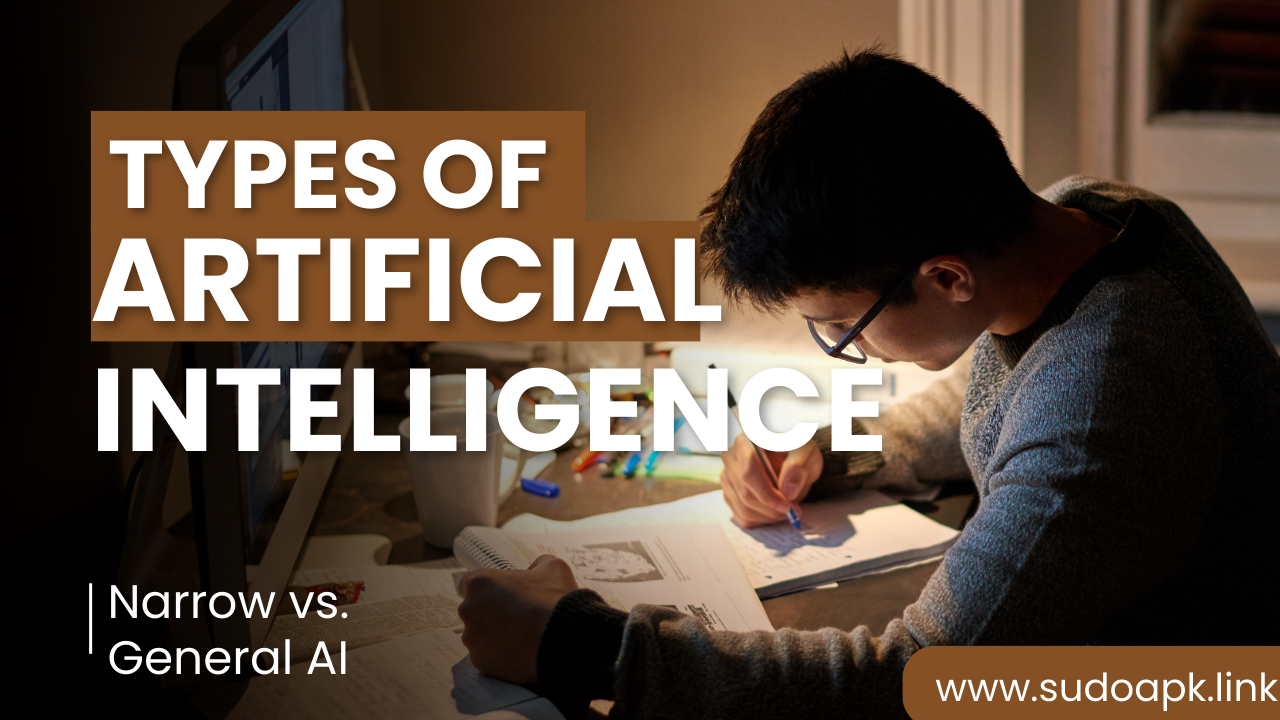
Dec 31, 2023 07:04 AM
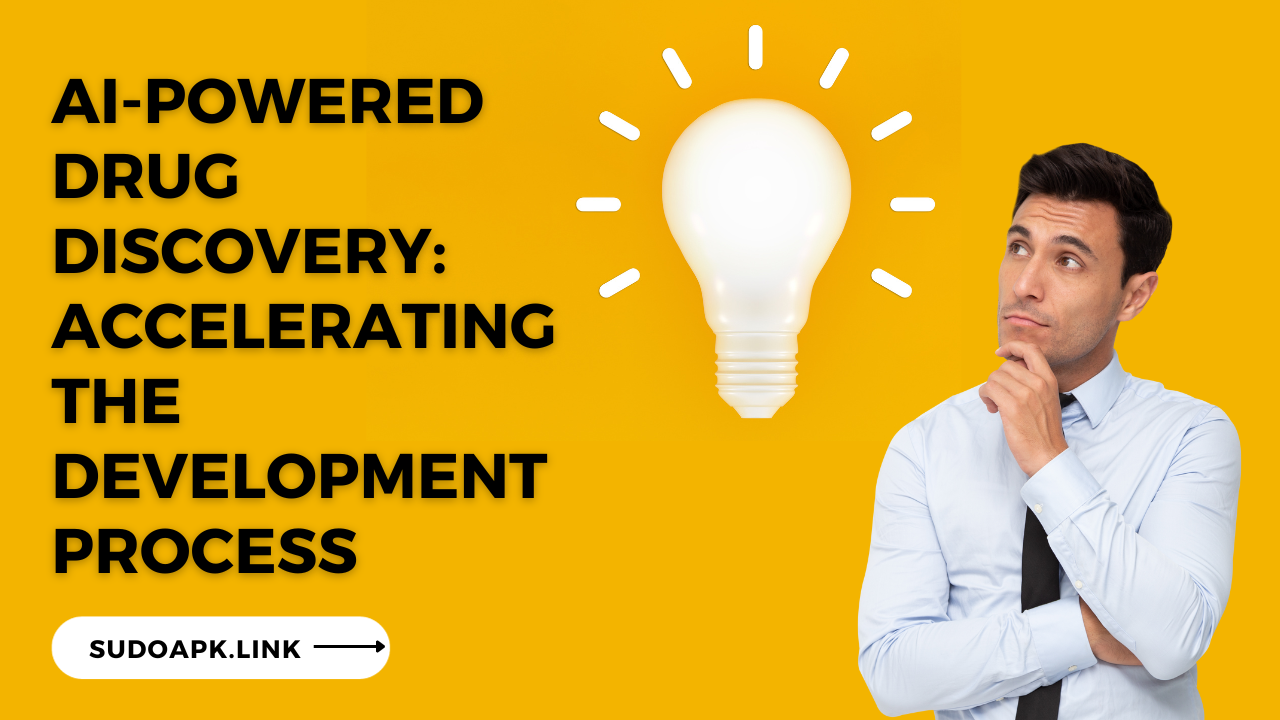
Jan 06, 2024 06:56 AM

Dec 31, 2023 06:48 AM
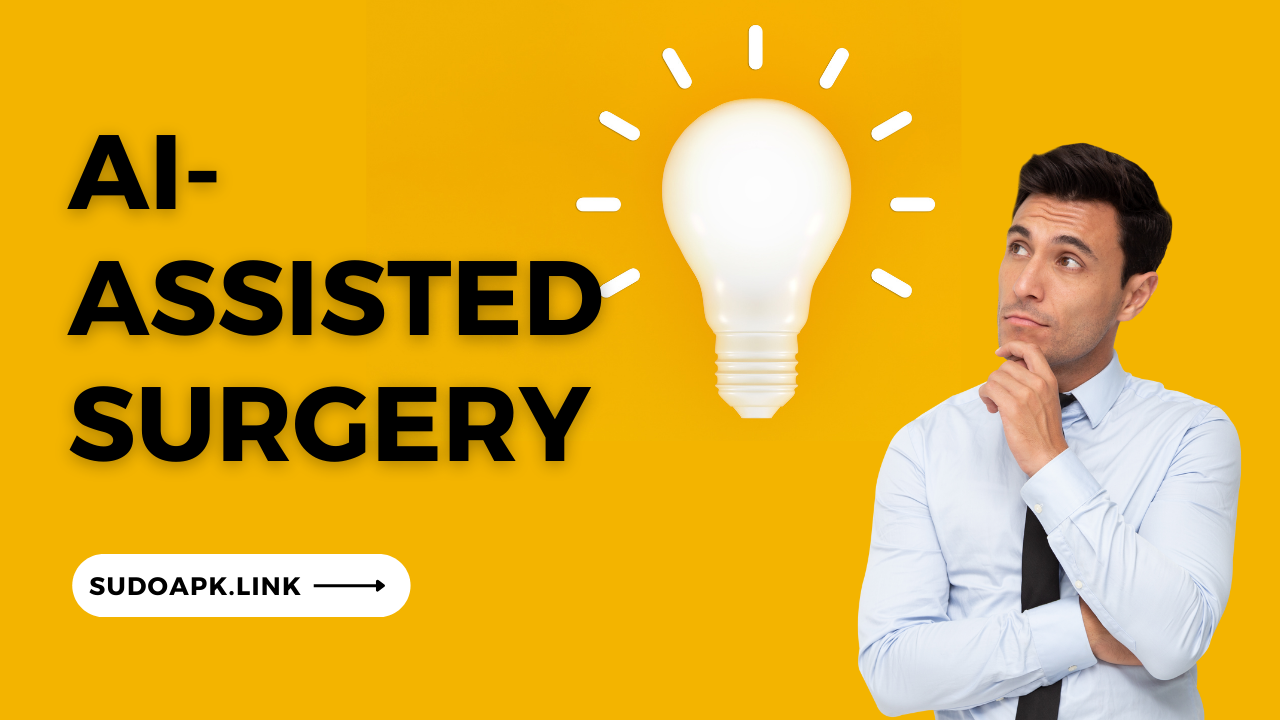
Jan 01, 2024 09:54 PM
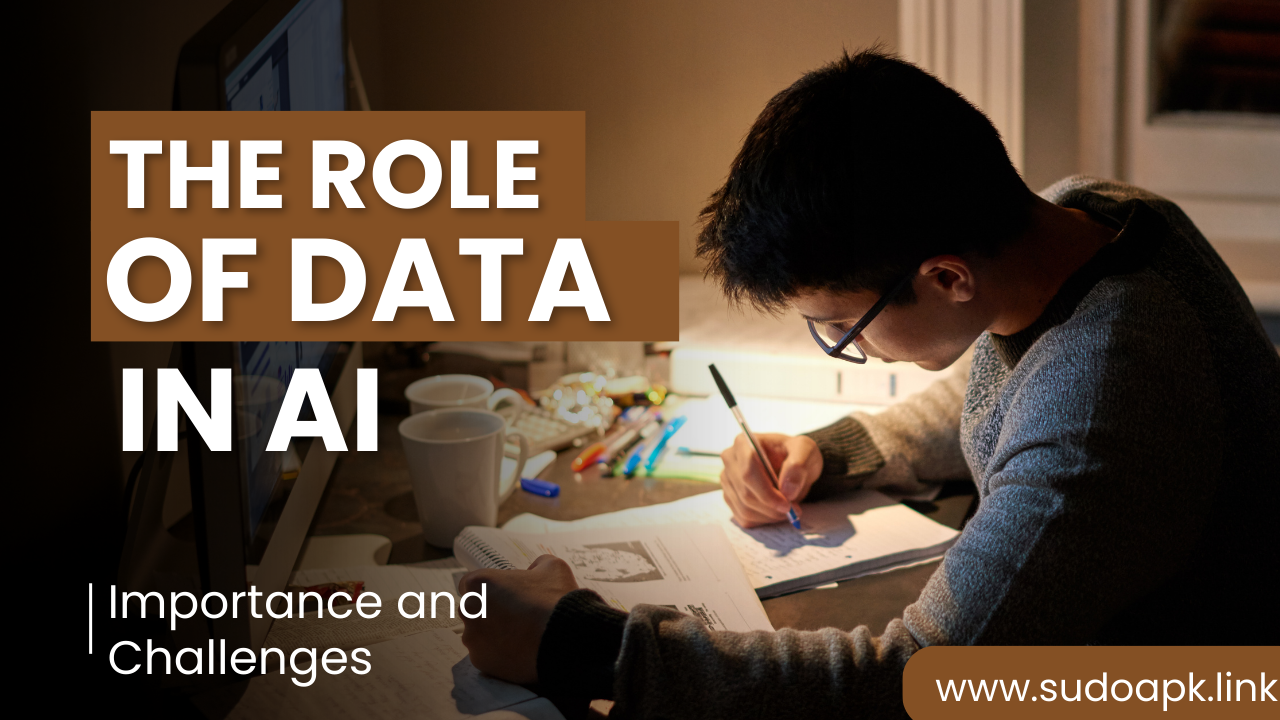
Dec 31, 2023 07:22 AM
Comments (0)